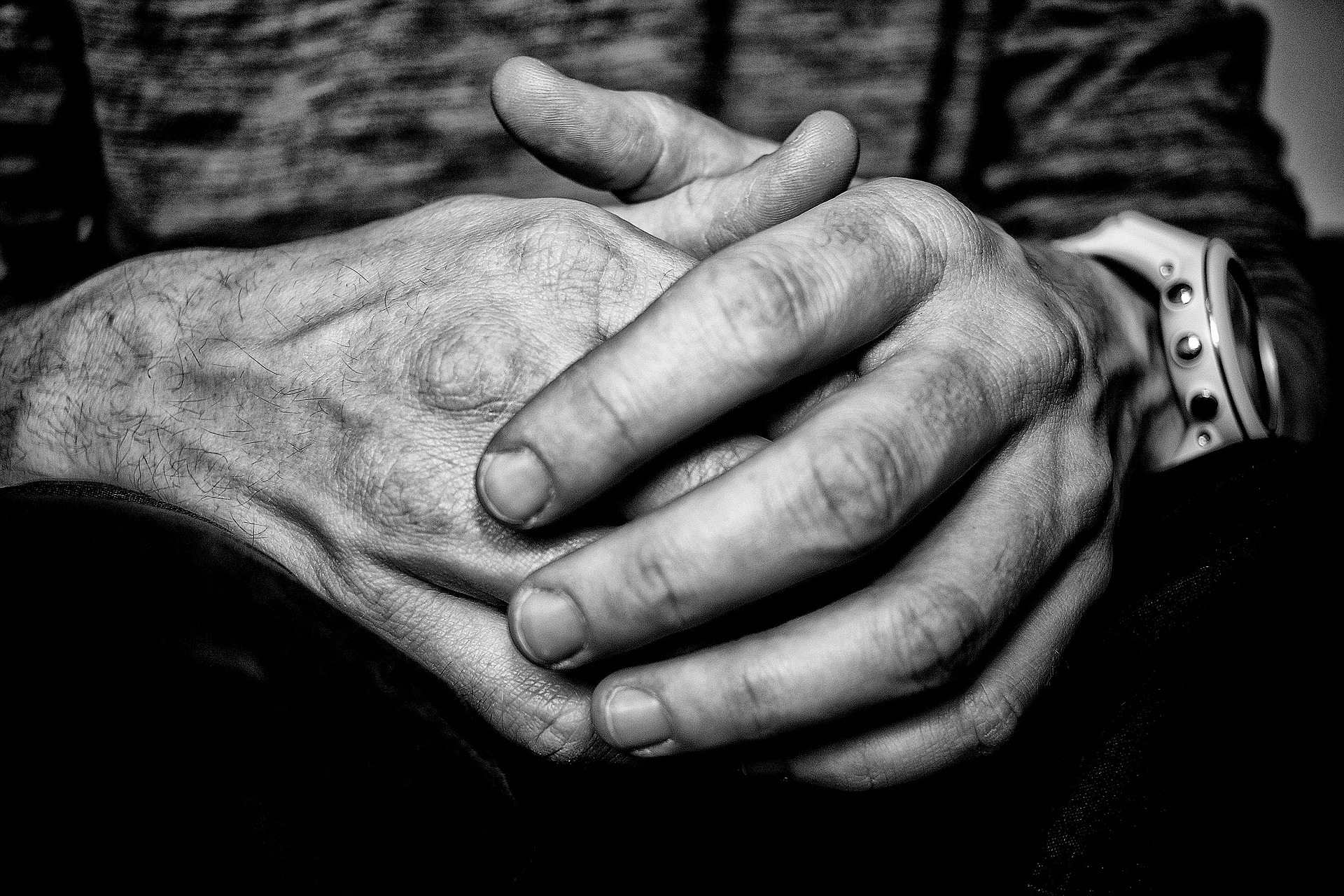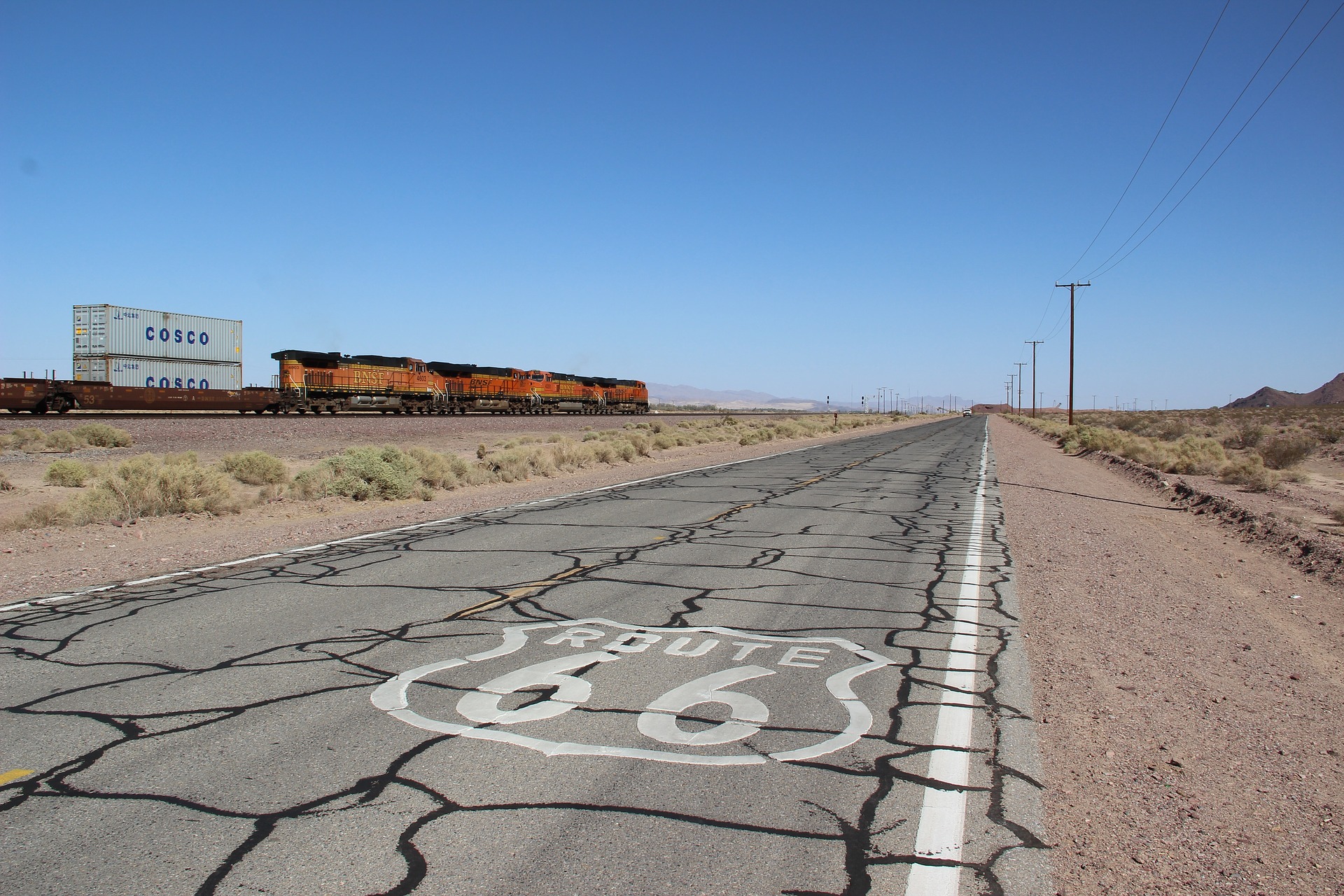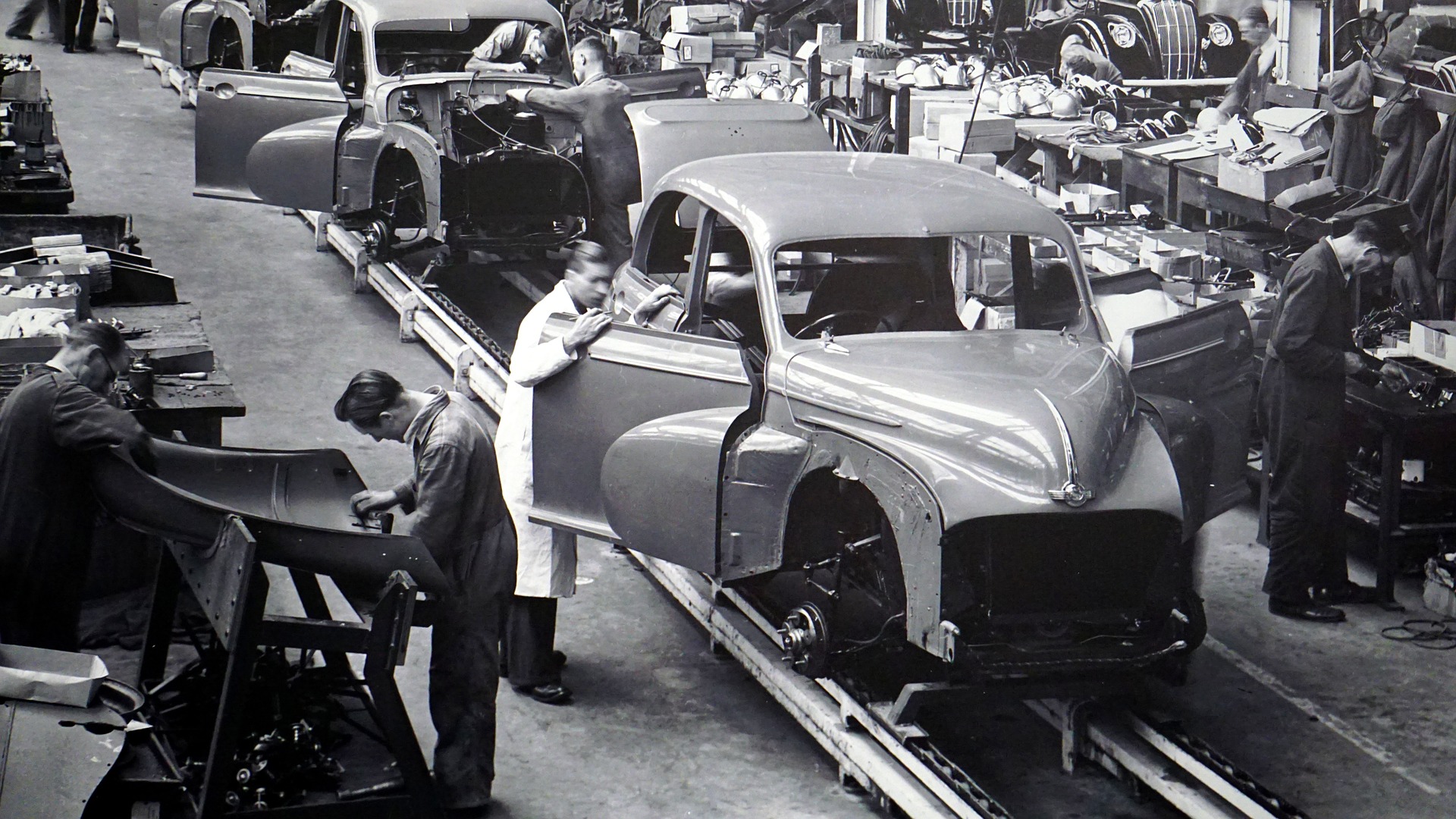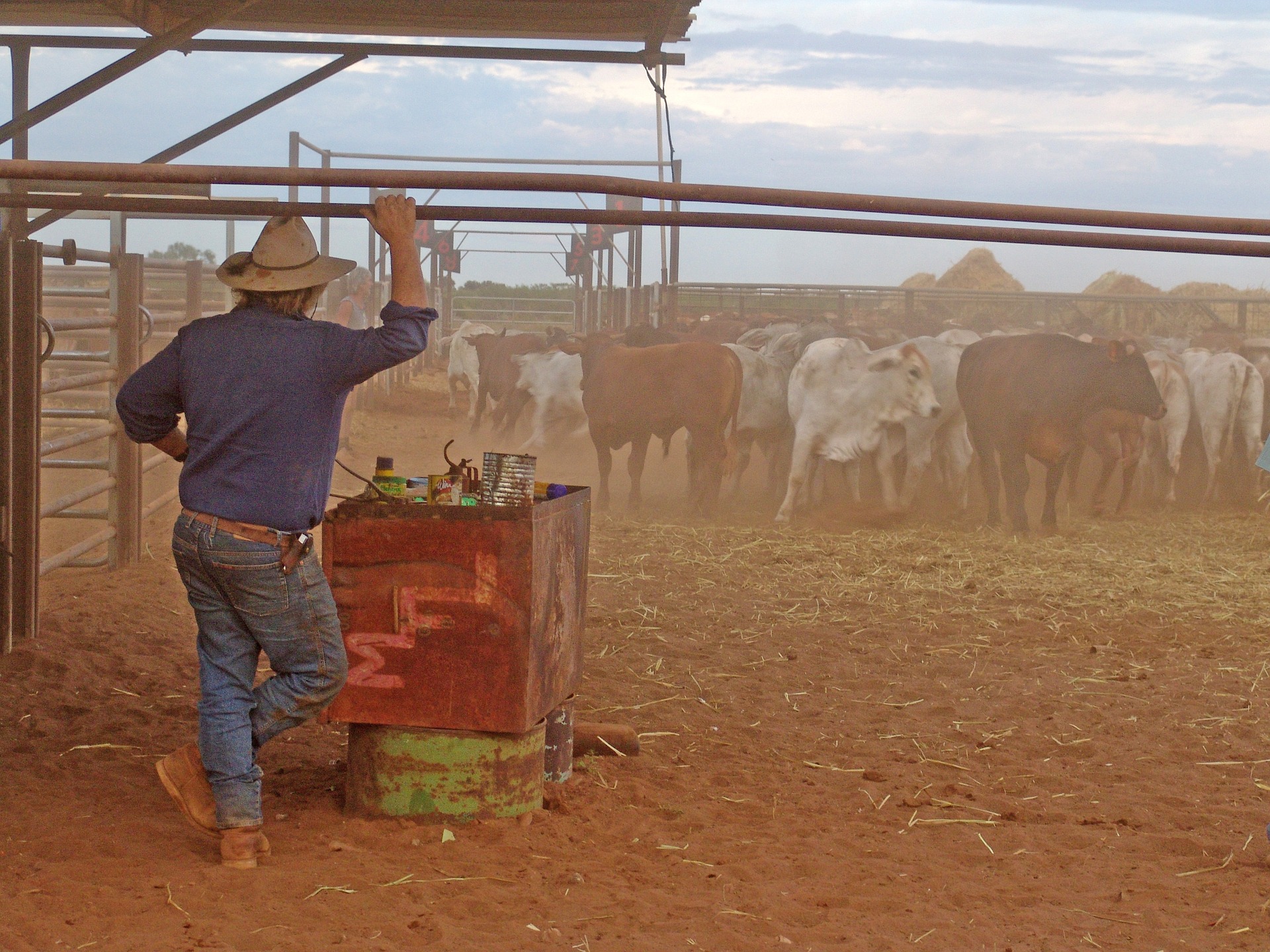
Health & Medicine
Men’s self-reliance linked to risk of self-harm

Nobel Laureate Sir Angus Deaton sounds a warning for Australia
Published 31 May 2017
Australia’s middle-aged suicide rate is “a cause for alarm”, says Nobel Laureate Sir Angus Deaton, who can see parallels with his groundbreaking co-authored research among the US white working class.
“In one of our papers we show that Australia is one of these places where the same classification we call ‘Deaths of Despair’ have actually not being doing so very well,” the Scottish-American economist says on the Policy Shop podcast.
“Australia has a problem. These health trends in America have a habit of popping up in other countries five or ten years later.”
In Australia a steep rise in death by suicide among the middle-aged and young women has driven the national suicide rate to its highest level in 13 years. The suicide rate in Australia among those aged 55 to 64 years surged by 54 per cent in the 10 years to 2014, to 15.1 per 100,000. The rise was steeper among men in this age group – 58 per cent, compared to 50 per cent for women.

In 2015 husband and wife team Professor Sir Angus Deaton and Professor Anne Case revealed, that in the world’s most developed nation, working class middle aged white Americans were killing themselves, and in large numbers.
“The numbers were so astonishing we really couldn’t believe what we were seeing. There was quite an upsurge in suicides in middle aged in America among white non-Hispanics, both men and women. Women don’t kill themselves as often as men but both were rising in parallel.
“We also thought it couldn’t be right, because if it was, other people would have noticed it, including all the government statisticians,” he says.
Since the turn of the century Americans have been dying in large numbers; 488,500 people have died who would have been alive if the death rate had not increased.

Health & Medicine
Men’s self-reliance linked to risk of self-harm
It is an astounding reversal of a trend, longer lives, that defines social progress, yet when the economists dug deeper they found more striking findings. Unlike every other age group, unlike every other racial and ethnic group, unlike every other rich country, the research revealed that the death rates for middle aged white Americans have been rising.
“If you look at mortality rate for that age group, middle-aged white non-Hispanics, it has been falling basically for a hundred years, from 1900 to the end of the century. But around 1998 it stops falling, and it’s flat out rising after that.
“It is just extraordinary that a trend like this ,which is so long established, and which is so much the foundation of social progress ... should suddenly have stopped going down.”

The “deep causes” of the increase in these deaths, the economists argue, are the globalisation and automation have hit working-class white Americans particularly hard since the 1970s.
“Globalisation and technical change is making life very hard for people,” says Professor Deaton.
“You can think of someone with a high school degree, graduated in 1970, went to work for General Motors, or ‘Generous Motors’ as someone said to me. They got a pretty good salary, they got an increase every year, they belonged to a union. So these people could hope for a real middle class life.
“That has gone. Jobs don’t last as long, they’re not as good jobs, they often don’t have health insurance, the commitment by both the employee and employer to these jobs has diminished, people don’t seem to accumulate the same amount of skill on the job as they used to do. All these things have diminished over time.”
America’s white working class has been catapulted into the media attention since the election of Donald Trump but journalist Sarah Smarsh and others, including the ‘Liberal Redneck’ Trae Crowder, are voices emerging from these communities to challenge common assumptions.
Professors Case and Deaton’s research provides an insight into these communities and reveals a stark picture of a community often typified in popular culture as ‘trailer park trash’.
“It’s living this life that’s sort of come apart, it’s not better than your parents, your marriage is not good anymore and you don’t really know your kids. There has been this huge upsurge of pain despite of all this treatment,” says Professor Deaton.
“One of the things that comes through from the ethnographic research very clearly is, there is a lot of white people who are incredibly resentful of the welfare benefits they see being handed out to people who they don’t think deserve them. You could argue it is racism in disguise. You could also argue they don’t like handouts and they don’t like them being given to white people either.”

A sobering insight into the opioid addiction, which has gripped America and the white working class community in particular, is also evident within Professors Case and Deaton.
As traced by the Economist, America’s opioid epidemic has its roots in the explosive growth of prescription painkillers. Between 1991 and 2011, the number of opioid prescriptions (selling under brand names like Vicodin, Oxycontin, and Fentanyl) supplied by American retail pharmacies increased from 76m to 219m.
There are enough prescriptions written for heavy duty painkillers in America to feed every adult in America around the clock for a month, outlined Deaton’s wife Professor Case previously, and in 2015, 52,000 Americans died from drug overdoses, with two thirds of these being opioids, such as Oxycontin and heroin.
“The prescription drug thing is both interesting and horrifying,” says Professor Deaton.
“There is a long and very interesting issue of pain in the United States and other rich countries. There has been a lot of pressure around the time that the opioids became available to classify pain as a disease. It is often called the fifth vital sign that doctors are supposed to ask you.
“The pharma companies pushed very hard for those painkillers to be prescribed and the FDA in 1997 or 1998 approved Oxycontin, which became one of the very popular one of these drugs. It was always know there was this potential for addiction.
“I’ve often described Oxycontin as heroin with an official label on it. Some people say it is more effective at binding to the receptors in the brain than heroin. So you don’t want to think it as a weak form of heroin but a strong form of heroin. Then there are drugs now like fentanyl that is supposed to be a hundred times more powerful then heroin.”

Australia’s experience worryingly echoes that of the United States. Suicide is at a thirteen year high, and suicide among middle-aged men in Australia has increased dramatically.
In a decade to 2014, the suicide rate among Australians aged 55 to 64 has surged by 54 per cent. Men have been killing themselves at a steeper rate, 58 per cent compared to 50 per cent for women. Many of these men were employed in manufacturing, construction, farming and mining, sectors that over the past few years have experienced the full force of globalisation, resulting in few jobs and greater uncertainty.
Deaths from pharmaceutical overdose have doubled in a decade and outnumber deaths from all illicit drugs combined in Australia. Indeed pharmaceutical misuse is “Australia’s fastest growing drug problem”, according to a recent report from the Alcohol and Drug Foundation (ADF), with deaths of opioid overdoses now overtaking the national road toll.
As the opioid addiction grows ever larger in Australia, recent steps have been taken to curb it. In January this year Australia became the latest country to ban over-the-counter sales of medications containing the opioid painkiller codeine. It’s hoped the new regulation will halt the rise in codeine-related deaths, which have more than doubled in Australia since 2000.
“The average addict has become your sister, mother, best friend and daughter,” observed Ilka Burnham-King from the ADF recently.
In the podcast Deaton was eager to fastidiously single out the worrying Australian data within his co-authored research, and likened these deaths as similar to those in Deaths of Despair that he and Case uncovered in the US.
“In one of our papers we show that Australia is one of these places where the same classification we call Deaths of Despair have actually not being doing so very well. Australia has a problem. These health trends in America have a habit of popping up in other countries five or ten years later. The rise is there, seen by itself, it is surely a cause for alarm. For this particular age group, mortality from drugs, suicides, and cirrhosis has risen between 1999 and 2015 by 2.5 per cent a year in Australia.
“One of the policy prescriptions for other countries is look what happened and be very very careful of those things.”
Life Line 13 11 14 www.lifeline.org.au
Suicide Call Back Service 1300 659 467 www.suicidecallbackservice.org.au
Banner image: Photorama